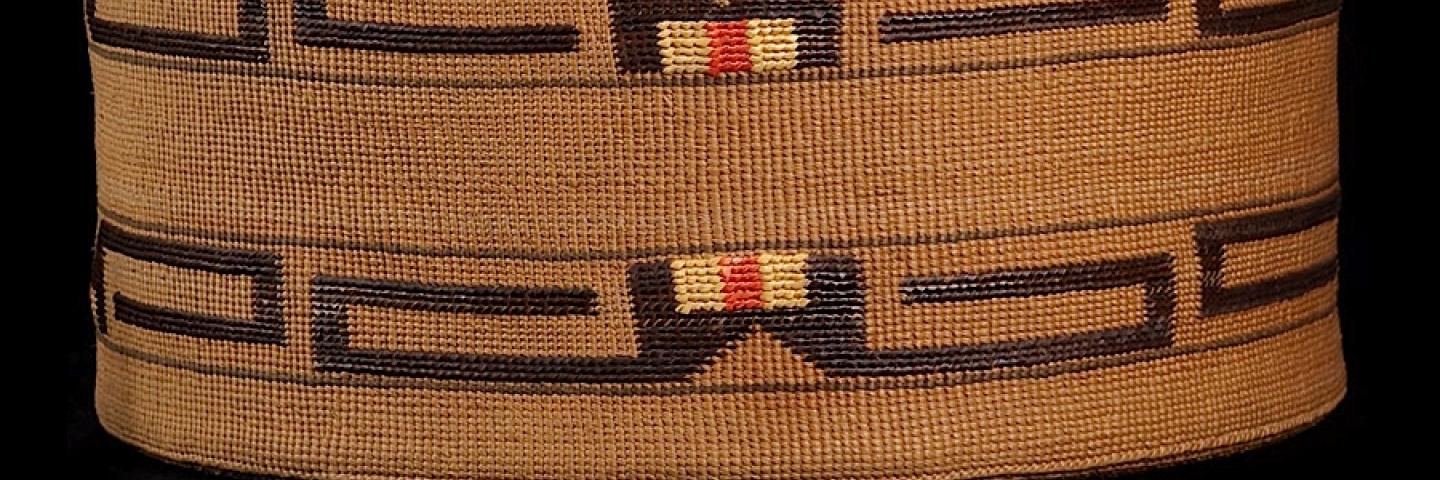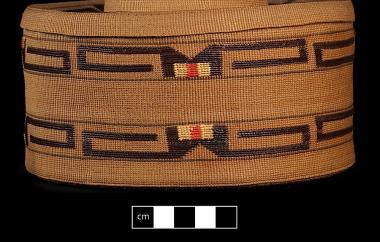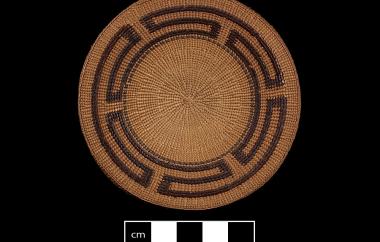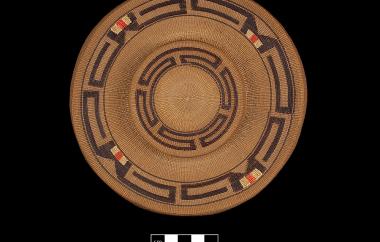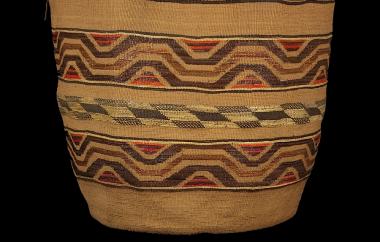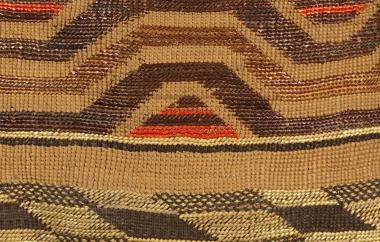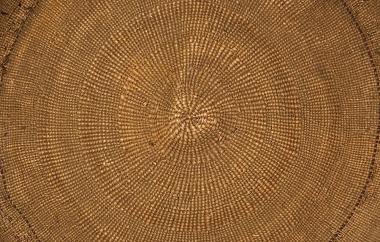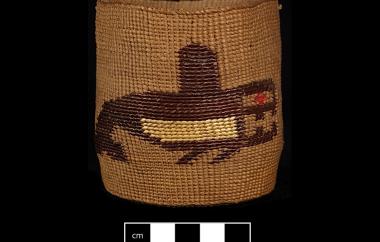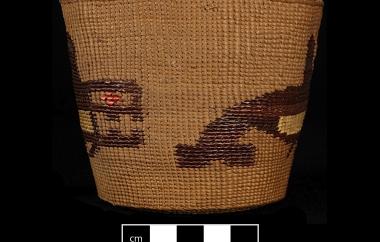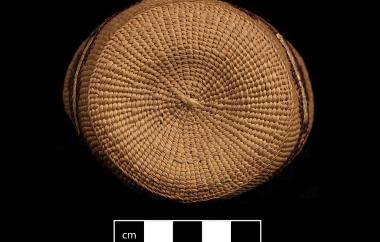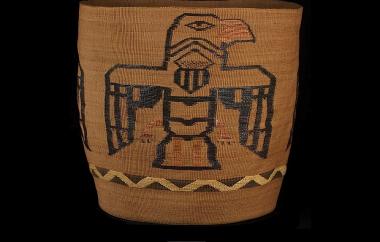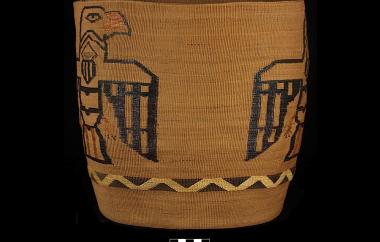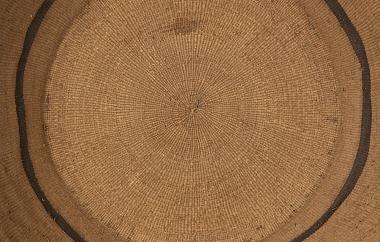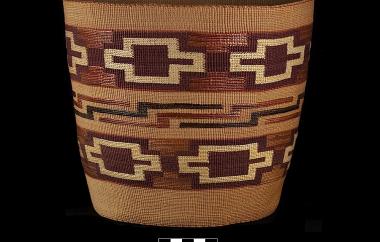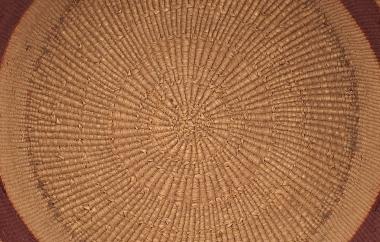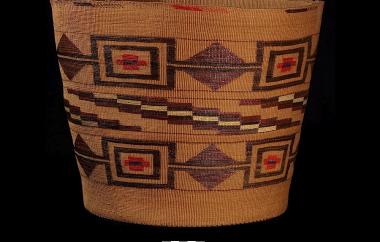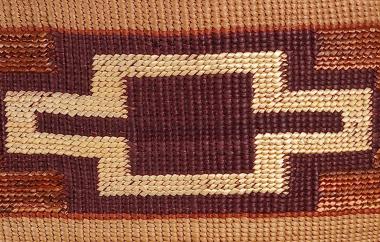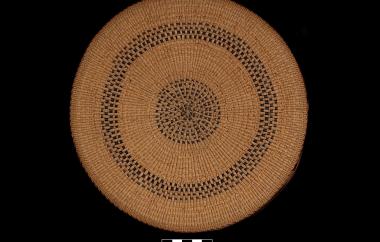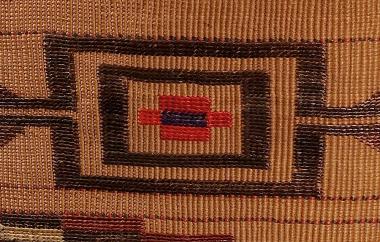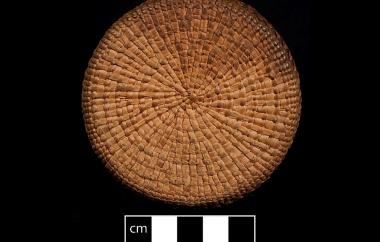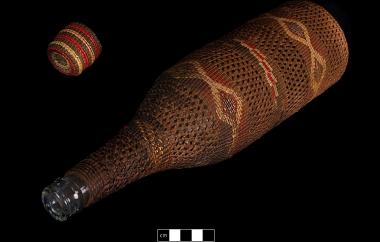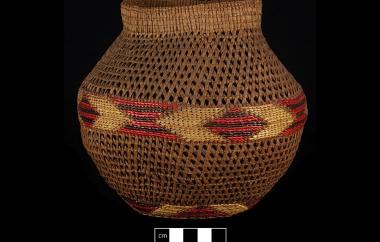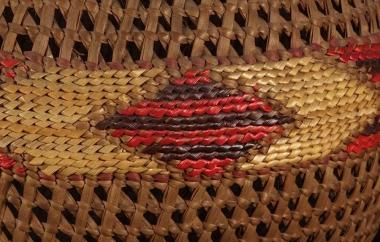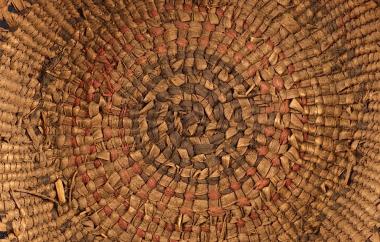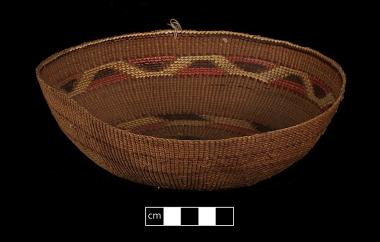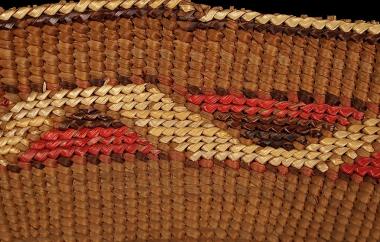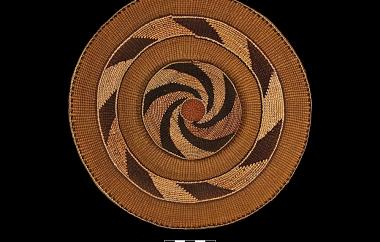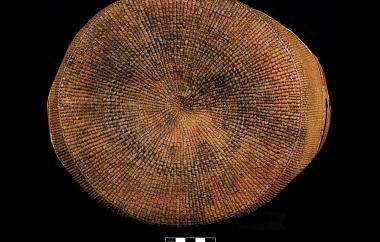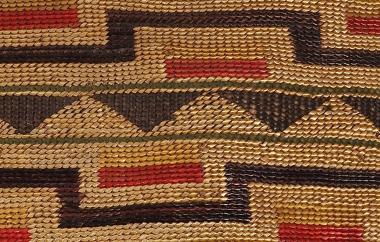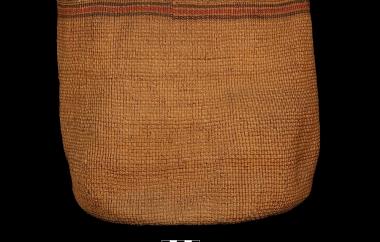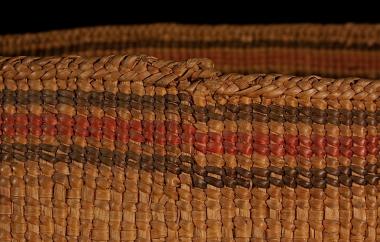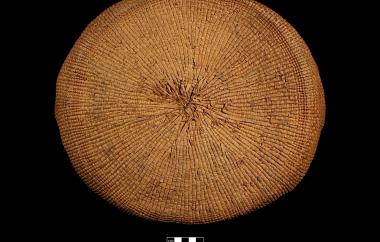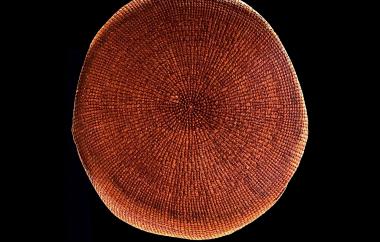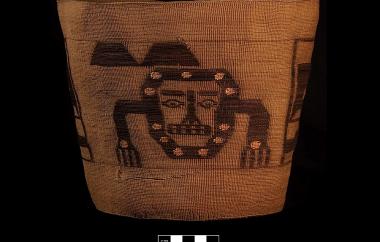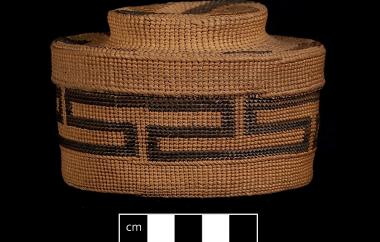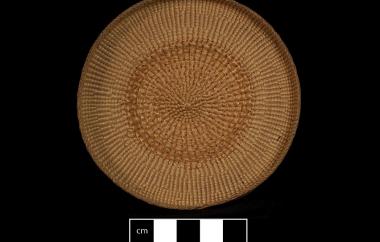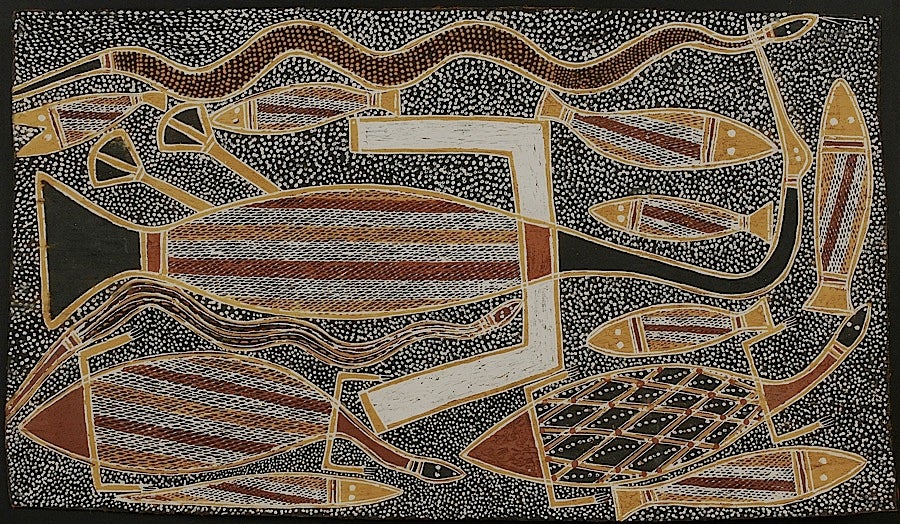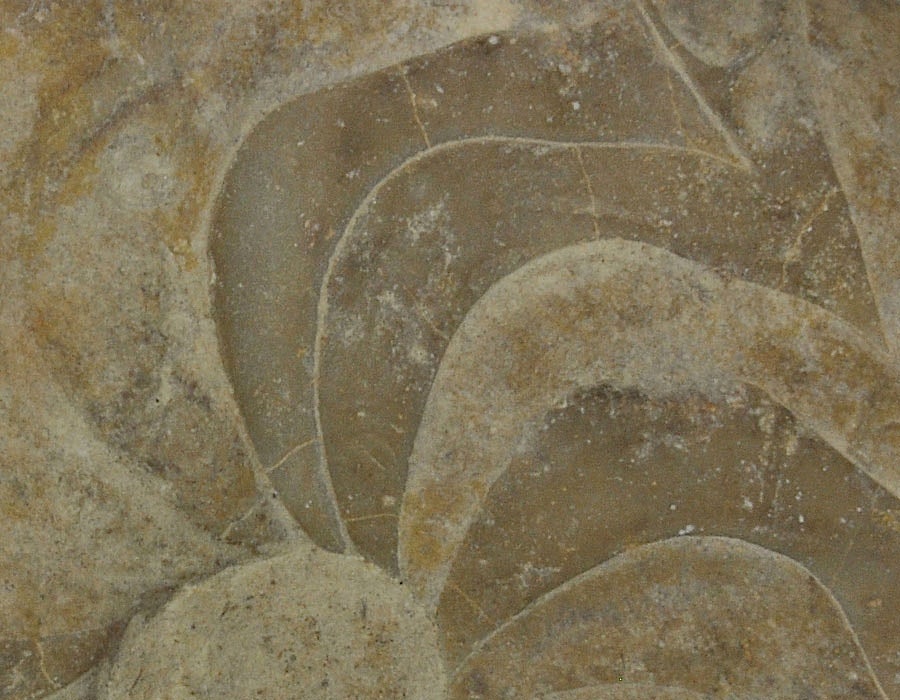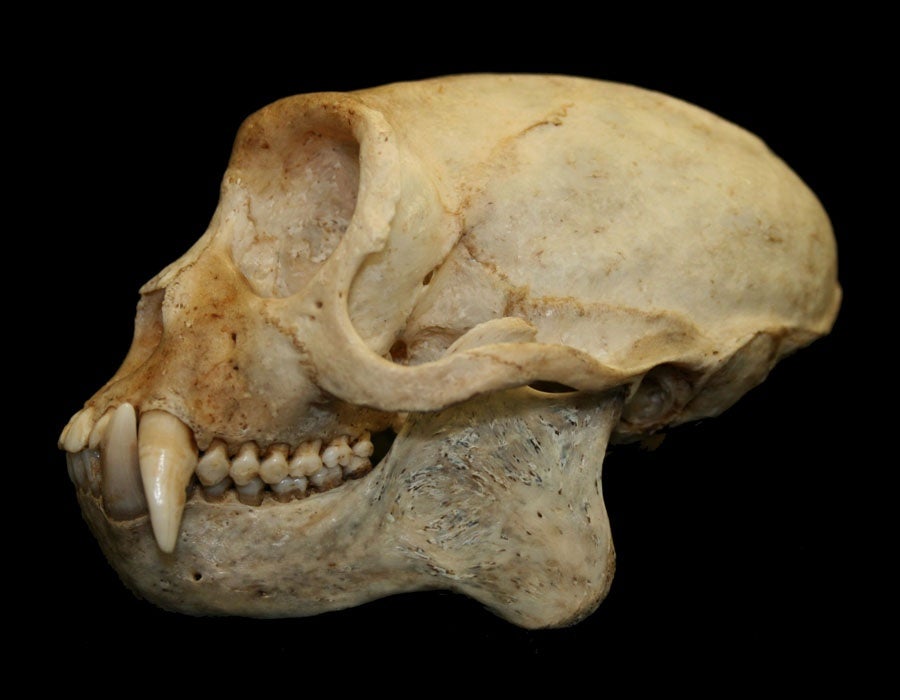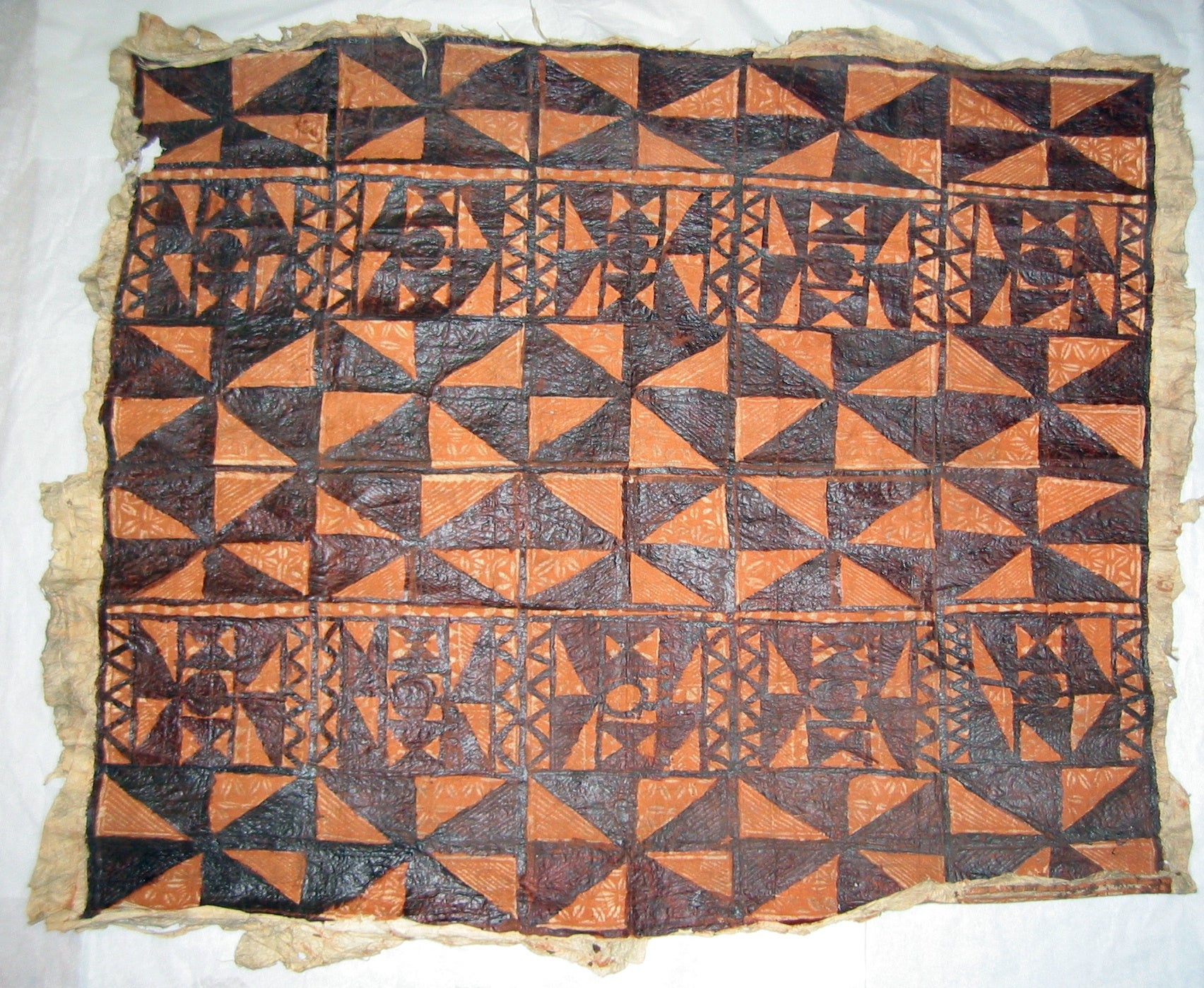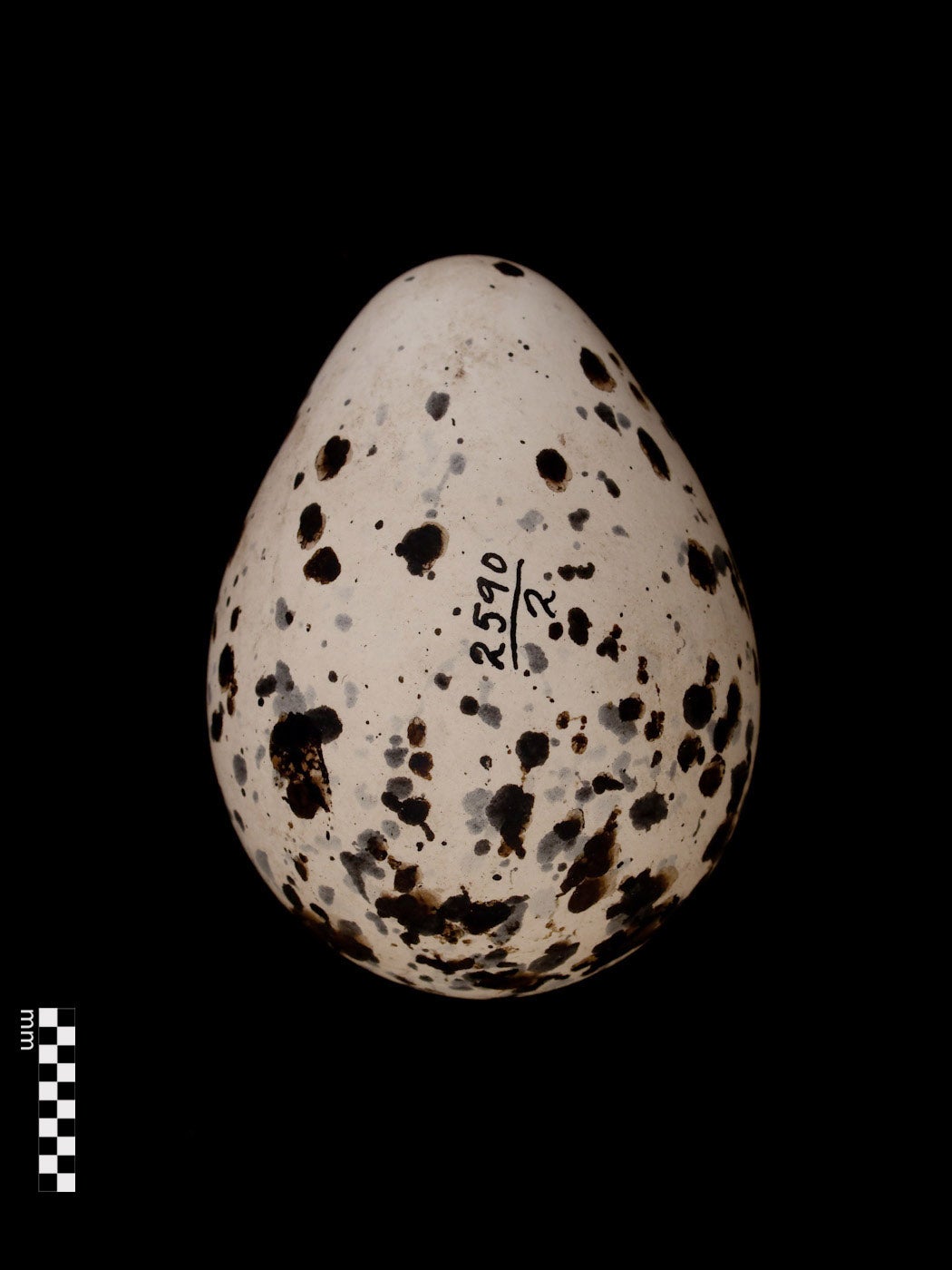The Tlingit of southeast Alaska have produced some of the finest examples of two-strand twining; their spruce root baskets exhibit bold geometric designs in warm hues of red, orange, yellow, and brown. In spring and fall, women collected the young roots of the Sitka Spruce, a tradition shared by both men and women today. The bark is peeled from the roots, which are left to cure over the summer. Then they are split and ready for weaving. The baskets are decorated in false embroidery, in which bleached and often dyed grass is wrapped around the weft; the pattern is visible only on the outside of the basket. Natural dyes were obtained from local materials such as huckleberry, sulphuric mud, moss, hemlock bark, and alder bark steeped in urine. Commercial aniline dyes were popular as early as 1890, marking the beginning of the tourist trade era.
Utilitarian baskets were used to collect berries, roots, and shellfish for storage and for food preparation and serving. The flat-bottomed cylindrical berry basket is an older form. Large berry, or carrying baskets were worn on the back, and the smaller berry picking baskets emptied into them. Spruce root baskets are flexible and non-rigid; large berry baskets were often stored folded flat. Other forms include open-work strainers, plaques, cups, bowls, and rattle-top round boxes in which pebbles or lead shot were placed inside the lid. As the demand for made-for-sale baskets increased, Tlingit wove new forms, such as trays, teacups, and covered glass bottles.
Abstract designs often depict patterns observed in nature, such as the butterfly wing, whale’s teeth, path of the woodworm, tail of the raven, fern frond, and flying goose pattern. Realistic designs often portray animals. Other motifs represent aspects of Tlingit culture, such as tattoos and labrets, as well as patterns adopted from Euroamerican items, like Hudson Bay blankets and the Christian cross. The examples shown here highlight the variety of these forms and designs, both utilitarian and made-for-sale.
Images © UO Museum of Natural and Cultural History. Production of this gallery received generous funding from The Ford Family Foundation.
Further Reading:
Paul, Frances Lackey
1944 Spruce Root Basketry of the Alaska Tlingit. [United States]: Education Division, U.S. Indian Service.
Dangel, Helen Dianne
2005 A Celebration of Weavers; Catalog of Weaver and Baskets of the Doris Borhauer Basket Collection, Sitka, Alaska. A project by the Sitka Tribe of Alaska through a Historic Preservation Grant from the National Park Service. The Donning Company Publishers.
Weber, Ronald L. and George Thornton Emmons
1986 Emmons's Notes on Field Museum's Collection of Northwest Coast Basketry. Fieldiana, N.S. No. 9. Chicago, Ill: Field Museum of Natural History.
Catalog #2-369
Rattle-top basket
Blanket motif on sides and lid. Received 1922.
3.5 x 7 inches
Catalog #2-369
Rattle-top basket lid
Blanket motif on sides and lid. Received 1922.
3.5 x 7 inches
Catalog #2-369
Rattle-top basket top
Blanket motif on sides and lid. Received 1922.
3.5 x 7 inches
Catalog #2-379
Large carrying or storage basket
Banded motif of leaves of the fireweed, between two bands of a butterfly motif. Received 1922.
13 x 16 inches
Catalog #2-379
Large carrying or storage basket detail
Banded motif of leaves of the fireweed, between two bands of a butterfly motif. Received 1922.
13 x 16 inches
Catalog #2-379
Large carrying or storage basket start
Banded motif of leaves of the fireweed, between two bands of a butterfly motif. Received 1922.
13 x 16 inches
Catalog #2-384
Small berry cup (view one)
Whale motif. Received 1922.
3 x 3.5 inches
Catalog #2-384
Small berry cup (view two)
Whale motif. Received 1922.
3 x 3.5 inches
Catalog #2-384
Small berry cup start
Whale motif. Received 1922.
3 x 3.5 inches
Catalog #2-385
Carrying or storage basket (view one)
Eagle on three sides. Received 1922.
11 x 12 inches
Catalog #2-385
Carrying or storage basket (view two)
Eagle on three sides. Received 1922.
11 x 12 inches
Catalog #2-385
Carrying or storage basket start
Eagle on three sides. Received 1922.
11 x 12 inches
Catalog #2-494
Carrying or storage basket
Two bands of a raven's tail motif (crosses), with stepped pattern between. Received 1922.
7 x 9 inches
Catalog #2-494
Carrying or storage basket start
Two bands of a raven's tail motif (crosses), with stepped pattern between. Received 1922.
7 x 9 inches
Catalog #2-502
Large carrying or storage basket
Stepped pattern between two bands known as the "head of the salmon berry and cross”. Received 1922.
10 x 13 inches
Catalog #2-494
Carrying or storage basket detail
Two bands of a raven's tail motif (crosses), with stepped pattern between. Received 1922.
7 x 9 inches
Catalog #2-502
Large carrying or storage basket start
Stepped pattern between two bands known as the "head of the salmon berry and cross”. Received 1922.
10 x 13 inches
Catalog #2-502
Large carrying or storage basket detail
Stepped pattern between two bands known as the "head of the salmon berry and cross”. Received 1922.
10 x 13 inches
Catalog #2-506
Basket-covered glass bottle (view one)
Received 1922.
12 x 3 inches
Catalog #2-506
Basket-covered glass bottle (view two)
Received 1922.
12 x 3 inches
Catalog #2-506
Basket-covered glass bottle start
Received 1922.
12 x 3 inches
Catalog #2-768
Open-twined, cross warp globular-shaped basket
Base and one horizontal band in close-twined, false embroidery. Received 1936.
6.5 x 3.5 inches
Catalog #2-768
Open-twined, cross warp globular-shaped basket detail
Base and one horizontal band in close-twined, false embroidery. Received 1936.
6.5 x 3.5 inches -
Base and one horizontal band in close-twined, false embroidery. Received 1936.
6.5 x 3.5 inches - Catalog #2-768
Catalog #2-6720
Bowl or tray shaped basket
False embroidery on the interior. Collected 1897.
2 x 7 inches
Catalog #2-6720
Bowl or tray shaped basket detail
False embroidery on the interior. Collected 1897.
2 x 7 inches
Catalog #2-6720
Bowl or tray shaped basket start
False embroidery on the interior. Collected 1897.
2 x 7 inches
Popular tattoo design (horizontal "H"),
and a fern frond motif on the lid. Collected 1901, Sitka, Alaska.
5 x 9 inches - Catalog #2-6840
Catalog #2-6840
Rattle-top basket (view two)
Popular tattoo design (horizontal "H"), and a fern frond motif on the lid. Collected 1901, Sitka, Alaska.
5 x 9 inches
Catalog #2-6840
Rattle-top basket top
Popular tattoo design (horizontal "H"), and a fern frond motif on the lid. Collected 1901, Sitka, Alaska.
5 x 9 inches
Catalog #2-6841
Carrying or storage basket
Killer whale's teeth motif between two bands of a wave design. Collected 1901.
8.5 x 9 inches
Catalog #2-6841
Carrying or storage basket start
Killer whale's teeth motif between two bands of a wave design. Collected 1901.
8.5 x 9 inches
Catalog #2-6841
Carrying or storage basket detail
Killer whale's teeth motif between two bands of a wave design. Collected 1901.
8.5 x 9 inches
Catalog #2-6851
Large carrying or storage basket
Plain, with a red band below the rim. Received 1957.
8 x 12 inches
Catalog #2-6851
Large carrying or storage basket detail
Plain, with a red band below the rim. Received 1957.
8 x 12 inches
Plain, with a red band below the rim. Received 1957.
8 x 12 inches - Catalog #2-6851
Labret motif. Collected 1906.
9 x 14 inches - Catalog #2-7107
Catalog #2-7107
Carrying or storage basket detail
Labret motif. Collected 1906.
9 x 14 inches
Catalog #2-7107
Carrying or storage basket start
Labret motif. Collected 1906.
9 x 14 inches
Catalog #2-15745
Carrying or storage basket (view two)
Face with arms and hands motif. Collected 1917-1920.
9.5 x 7.5 inches
Catalog #2-15745
Carrying or storage basket (view one)
Face with arms and hands motif. Collected 1917-1920.
9.5 x 7.5 inches
Catalog #2-15745
Carrying or storage basket start
Face with arms and hands motif. Collected 1917-1920.
9.5 x 7.5 inches
Catalog #2-15747
Rattle-top basket
Blanket border pattern. Collected 1917-1920.
4 x 2.5 inches
Catalog #2-15747
Rattle-top basket top
Blanket border pattern. Collected 1917-1920.
4 x 2.5 inches
